Formatos de reunião inovadores: explorando alternativas às reuniões de negócios tradicionais para aumentar a criatividade
Explore alguns formatos alternativos de reunião que podem revolucionar a forma como sua equipe colabora e gera ideias.

✅ Free meeting recording & transcription
💬 Automated sharing of insights to other tools.

Imagem de DCStudio no Freepik
No cenário de negócios dinâmico e acelerado de hoje, a forma como conduzimos reuniões afeta significativamente a criatividade, a colaboração e a eficácia geral de nossas equipes. As reuniões de negócios tradicionais, caracterizadas por rotinas monótonas e longas discussões, muitas vezes não conseguem promover o tipo de pensamento inovador necessário para prosperar em mercados competitivos.
À medida que as organizações reconhecem cada vez mais a necessidade de novas ideias e soluções não convencionais, explorar formatos de reunião inovadores se torna imperativo. Neste artigo, analisamos as limitações das reuniões tradicionais, discutimos as características de reuniões eficazes e criativas e exploramos formatos alternativos que podem revolucionar a forma como as equipes colaboram e geram ideias.
As limitações das reuniões de negócios tradicionais
Ao mesmo tempo em que serve como essencial plataformas para comunicação e na tomada de decisões, as reuniões de negócios tradicionais têm suas deficiências. Aqui estão as desvantagens mais prementes das reuniões tradicionais:
- Estrutura previsível: O formato rígido e previsível das reuniões tradicionais pode levar à falta de entusiasmo e engajamento entre os participantes.
- Falta de estratégias de engajamento: As reuniões tradicionais geralmente carecem de estratégias para envolver os participantes, reduzindo ativamente a criatividade e a participação ativa.
- Criatividade diminuída: A natureza repetitiva das reuniões convencionais pode sufocar o pensamento inovador e limitar a geração de novas ideias.
- Participação limitada: Discussões hierárquicas em reuniões tradicionais podem desencorajar a contribuição de membros mais silenciosos da equipe, levando a uma distribuição desigual de ideias.
- Diversos pontos de vista impedidos: A natureza hierárquica das discussões pode inibir a exploração de diversas perspectivas e pontos de vista, potencialmente dificultando a solução abrangente de problemas.
- Demorado: O duração prolongada das reuniões tradicionais, muitas vezes repleta de longas discussões, pode levar à ineficiência de tempo e à redução da produtividade.
- Decisões atrasadas: O ritmo lento das reuniões tradicionais pode causar atrasos na tomada de decisões críticas, afetando a execução oportuna de planos e iniciativas.
Características de reuniões eficazes e criativas
Reuniões eficazes e criativas apresentam várias características importantes que as diferenciam das tradicionais. Esses são:
- Participação ativa: Reuniões eficazes incentivam e priorizam o envolvimento ativo de todos os participantes, promovendo o engajamento e contribuições diversas.
- Propriedade compartilhada: Essas reuniões criam um senso de propriedade e responsabilidade compartilhada entre os participantes pelos resultados e decisões.
- Ênfase na diversidade: Aproveitar perspectivas e ideias diversas é uma marca registrada das reuniões criativas, promovendo a inovação por meio de diferentes pontos de vista.
- Objetivos focados: Objetivos claros e predeterminados são definidos antes da reunião, garantindo que as discussões sejam objetivas e alinhado com as metas de cumprimento.
- Discussões produtivas: O foco em resultados específicos mantém as discussões produtivas e evita que conversas tangenciais atrapalhem o propósito da reunião.
- Gerenciamento de tempo: As reuniões criativas priorizam o gerenciamento do tempo para um brainstorming eficiente, uma tomada de decisão cuidadosa e um planejamento acionável.
Explorando formatos de reunião inovadores
Reuniões ambulantes
A incorporação da atividade física nas reuniões aumenta as funções cognitivas e incentiva conversas espontâneas e trocas de ideias. As reuniões ambulantes quebram barreiras formais, facilitando discussões mais abertas e informais. As dicas para uma implementação bem-sucedida incluem a seleção de rotas apropriadas, definindo agendas efetivase garantindo o conforto de todos.
Workshops de Design Thinking
O processo de design thinking, baseado na empatia, colaboração e experimentação, promove efetivamente a criatividade. As equipes se envolvem em exercícios de resolução de problemas e ideação, aproveitando uma abordagem centrada no ser humano para chegar a soluções inovadoras. Estudos de caso do mundo real destacam os benefícios tangíveis do design thinking em diversos setores.
Desconferências
As desconferências são eventos conduzidos por participantes, nos quais os participantes criam e conduzem discussões sobre tópicos de interesse mútuo. Esse formato incentiva interações espontâneas, auto-organização e aprendizado personalizado. Superar os desafios da estrutura e da criação de agendas exige facilitação e adesão de todos os participantes.
Sessões de brainstorming gamificadas
Ao incorporar elementos da mecânica do jogo nas reuniões, as organizações podem aproveitar o espírito competitivo natural dos indivíduos. As técnicas de gamificação estimulam a criatividade, impulsionam o engajamento e promovem a colaboração em equipe. Os exemplos incluem desafios cronometrados de geração de ideias, resolução colaborativa de quebra-cabeças e exercícios de RPG.
Reuniões de realidade virtual (VR)
A realidade virtual introduz uma nova dimensão na colaboração remota. Com ambientes imersivos, as reuniões de realidade virtual simulam interações do mundo real, permitindo que os participantes compartilhem ideias como se estivessem na mesma sala. Embora as considerações tecnológicas sejam cruciais, as reuniões de realidade virtual preenchem lacunas geográficas e fomentar a colaboração e a inovação em equipes distribuídas.
Implementação de formatos inovadores: melhores práticas
A implementação de formatos de reunião inovadores exige planejamento e execução cuidadosos. Aqui estão as principais práticas recomendadas a serem observadas:
- Alinhamento de objetivos: escolha um formato inovador que se alinhe aos objetivos específicos da reunião, garantindo que o formato atenda ao propósito pretendido de forma eficaz.
- Comunicação clara: Comunique expectativas, diretrizes e resultados desejados a todos os participantes antes da reunião, promovendo um entendimento compartilhado.
- Funções e responsabilidades: Defina e comunique funções e responsabilidades dentro do formato inovador de reunião, garantindo que os participantes conheçam suas contribuições e tarefas.
- Provisão de recursos: Forneça os recursos e ferramentas necessários, sejam materiais físicos ou suporte tecnológico, para permitir a execução tranquila do formato escolhido.
- Coleta de feedback: colete regularmente feedback dos participantes sobre suas experiências com o formato inovador de reunião, usando seus insights para melhorar.
- Refinamento contínuo: Use feedback e dados coletados para refinar e aprimorar o formato de reunião escolhido ao longo do tempo, otimizando sua eficácia e impacto.
Estudos de caso: organizações que adotam a criatividade em reuniões
Este gigante da tecnologia 20% de tempo é uma abordagem inovadora que envolve a alocação de 20% do tempo de trabalho dos funcionários para projetos pessoais. Esse método gerou resultados notáveis, criando alguns dos produtos mais icônicos do Google, como o Google Notícias e o AdSense.
Ao promover um ambiente em que os funcionários possam perseguir suas paixões e explorar ideias inovadoras, o Google aproveitou a motivação intrínseca de sua força de trabalho, produzindo soluções inovadoras que talvez não tenham surgido em reuniões convencionais.
VÍDEO
A IDEO, uma consultoria pioneira em design e inovação, utilizou de forma eficaz Design Thinking workshops para enfrentar desafios complexos e estimular a inovação com sucesso. A IDEO produziu com sucesso soluções inovadoras para seus clientes, imergindo diversas equipes no processo de design thinking, enfatizando empatia, ideação, prototipagem e testes.
Esses workshops estimulam os participantes a se libertarem dos padrões de pensamento convencionais, levando a novos insights e soluções que podem não ter surgido nas estruturas tradicionais de reuniões. O estudo de caso da IDEO destaca a potência de metodologias estruturadas, mas criativamente libertadoras, para estimular a inovação.
Universidade de Harvard
Universidade de Harvard, conhecida por oferecer algumas das cursos de administração de empresas on-line mais populares, adotou metodologias de ensino inovadoras para redefinir as abordagens tradicionais de aprendizagem. O conceito de “sala de aula invertida” ocupou o centro das atenções nesta conceituada instituição da Ivy League.
Nesse modelo pedagógico progressivo, os alunos mergulham nos materiais do curso fora do horário de aula programado, facilitados por vídeos e leituras. Essa abordagem libera tempo presencial na sala de aula para discussões dinâmicas, atividades interativas e resolução colaborativa de problemas. Ao integrar a tecnologia, o sala de aula invertida incentiva a participação ativa e o envolvimento dos colegas, resultando em níveis elevados de compreensão.
Superando desafios e resistências
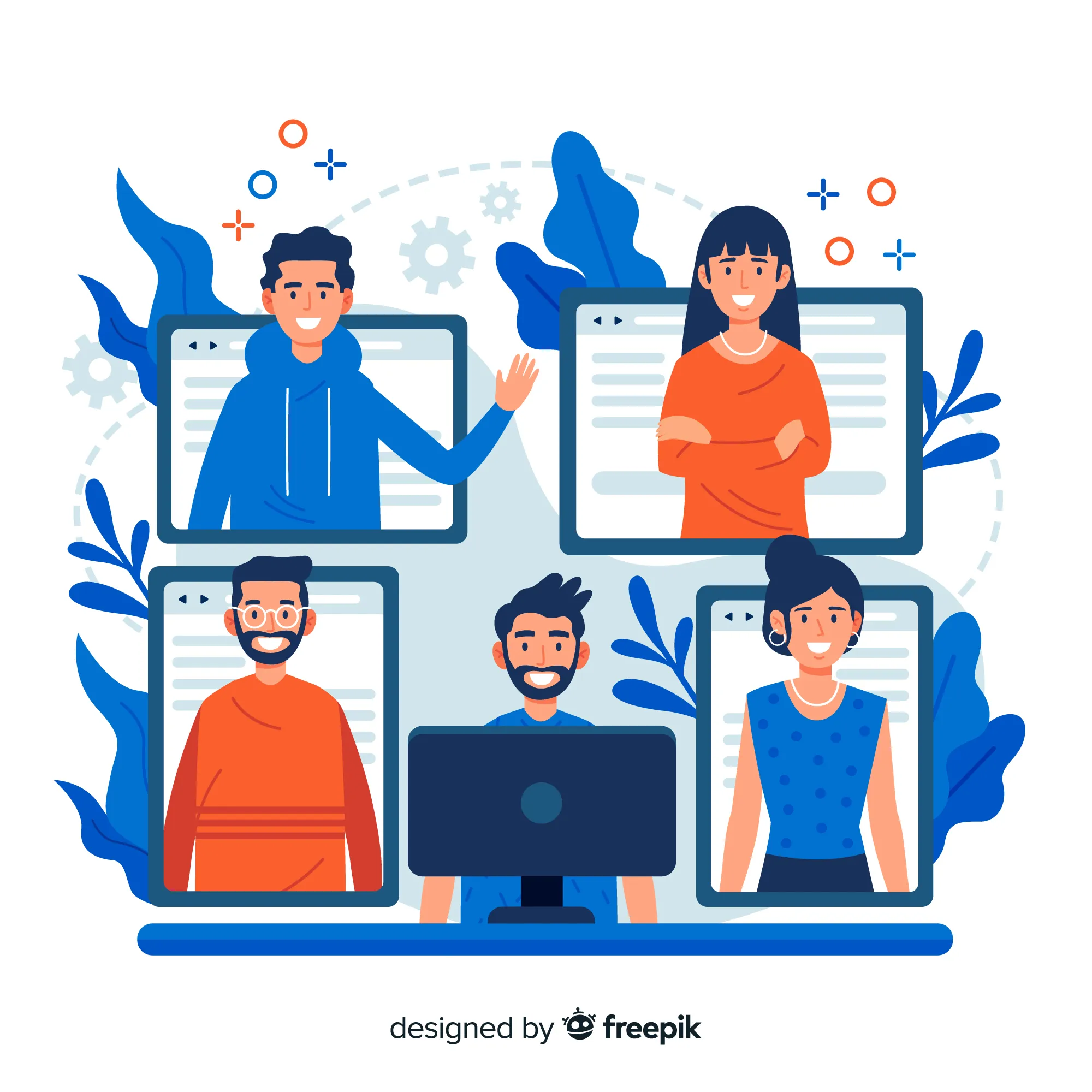
A adoção de formatos de reunião inovadores não é isenta de desafios. A seguir estão os desafios mais comuns que as empresas enfrentam:
- Preocupações de produtividade: Ao implementar formatos de reunião inovadores, pode haver preocupações com a redução da produtividade ou a percepção de perda de tempo. Abordar essas preocupações requer uma comunicação clara, destacando os benefícios de longo prazo de maior criatividade, melhor engajamento e tomada de decisões mais eficaz.
- Resistência à mudança: Os participantes acostumados aos métodos tradicionais de reunião podem resistir à adoção de novos formatos devido à familiaridade e ao conforto. Superar essa resistência envolve discussões abertas enfatizando as vantagens da abordagem inovadora, incluindo maior colaboração, novas perspectivas e melhores resultados.
- Desafios técnicos: Apresentando novas tecnologias, como realidade virtual ou ferramentas de colaboração, pode apresentar desafios técnicos. Equilibrar a experimentação com treinamento e suporte adequados é crucial para garantir uma experiência perfeita. A abordagem proativa de possíveis problemas ajuda a evitar frustrações e maximiza os benefícios do formato escolhido.
- Mudança cultural: Passar de formatos de reunião tradicionais para formatos inovadores exige uma mudança cultural dentro da organização. Essa mudança envolve o cultivo de uma cultura que valoriza a criatividade, a abertura a novas ideias e a vontade de explorar diferentes métodos de colaboração. Após a pandemia, os programas de e-learning do setor educacional estão migrando para métodos mais abrangentes e colaborativos, visando resultados de aprendizagem mais rápidos e eficazes.
O futuro das reuniões de negócios: tendências e previsões
Olhando para o futuro, o futuro das reuniões de negócios está repleto de possibilidades.
- Integração de IA: A incorporação da IA nas reuniões revolucionará a facilitação por meio de ferramentas que auxiliam no planejamento da agenda, na transcrição, na tradução e nas sugestões de discussão, aumentando a eficiência e o engajamento.
- Síntese aprimorada de ideias: A análise das discussões em busca de insights pela IA otimizará a síntese de ideias, extraindo estratégias acionáveis de forma mais eficaz.
- Evolução das ferramentas virtuais: Interfaces avançadas de realidade virtual, realidade mista e realidade aumentada criarão espaços de reunião imersivos, unindo participantes remotos.
- Formatos personalizados: O futuro incluirá estruturas de reuniões personalizáveis, alinhadas com a dinâmica das equipes para engajar discussões e resultados produtivos de reuniões.
- Participação remota inclusiva: A inovação nas reuniões priorizará a inclusão com ferramentas avançadas de colaboração que promovem a contribuição de membros remotos da equipe.
- Insights baseados em dados: A análise de dados oferecerá insights sobre engajamento, participação e tomada de decisões, refinando as estratégias de reunião.
- Foco na sustentabilidade: Os formatos futuros consideram a sustentabilidade, com reuniões virtuais restringindo as viagens para reduzir o impacto ambiental.
- Influência da neurociência: Os insights da neurociência moldarão os formatos de reunião para otimizar as habilidades cognitivas, aprimorando a criatividade e a resolução de problemas.
- Colaboração interfuncional: As reuniões enfatizam a colaboração interdisciplinar, incentivando diversos departamentos a trocar ideias inovadoras.
- Prioridade de bem-estar: Reuniões futuras promoverão o bem-estar por meio de técnicas como exercícios de atenção plena e ambientes virtuais ergonômicos, promovendo experiências mais saudáveis e produtivas.
Além da tradição: aproveitando a inovação para elevar reuniões e resultados
Formatos de reunião inovadores oferecem uma porta de entrada para aprimorar a criatividade, a colaboração e a solução de problemas. Como as reuniões de negócios tradicionais não conseguem atender às demandas dos ambientes de negócios modernos, as organizações devem explorar e adotar formatos alternativos.
Seja por meio de reuniões ambulantes, workshops de design thinking, desconferências, brainstorming gamificado ou sessões de realidade virtual, esses formatos podem remodelar a forma como as equipes interagem, geram ideias e impulsionam o sucesso nos negócios. Abraçar a mudança e experimentar formatos de reunião inovadores será um fator decisivo para se manter competitivo e promover uma cultura de criatividade.
.avif)









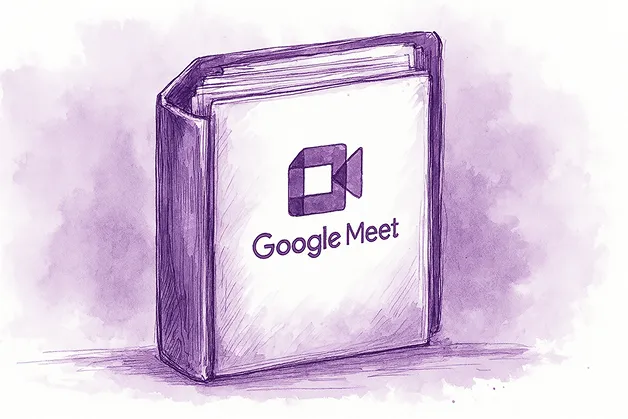


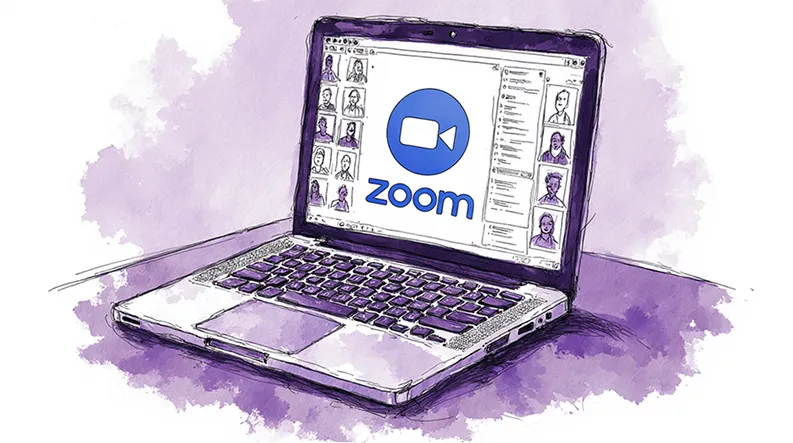
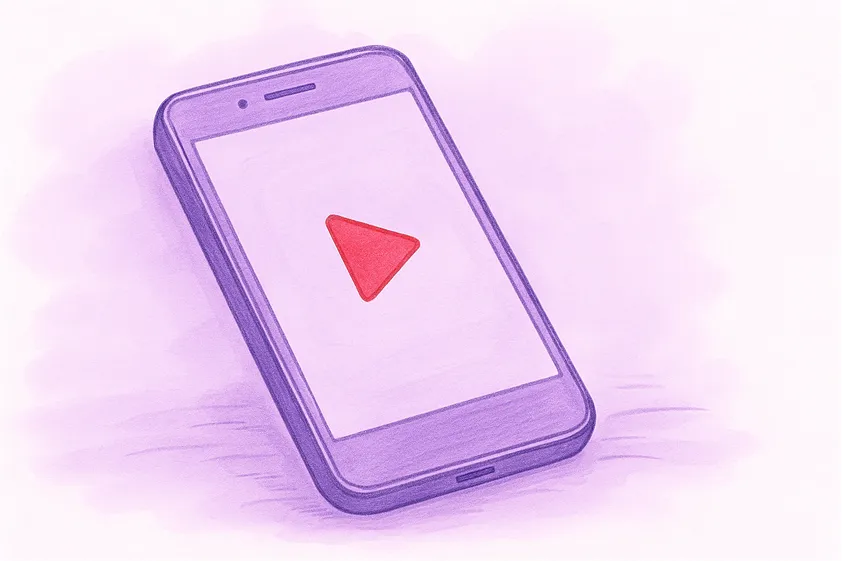

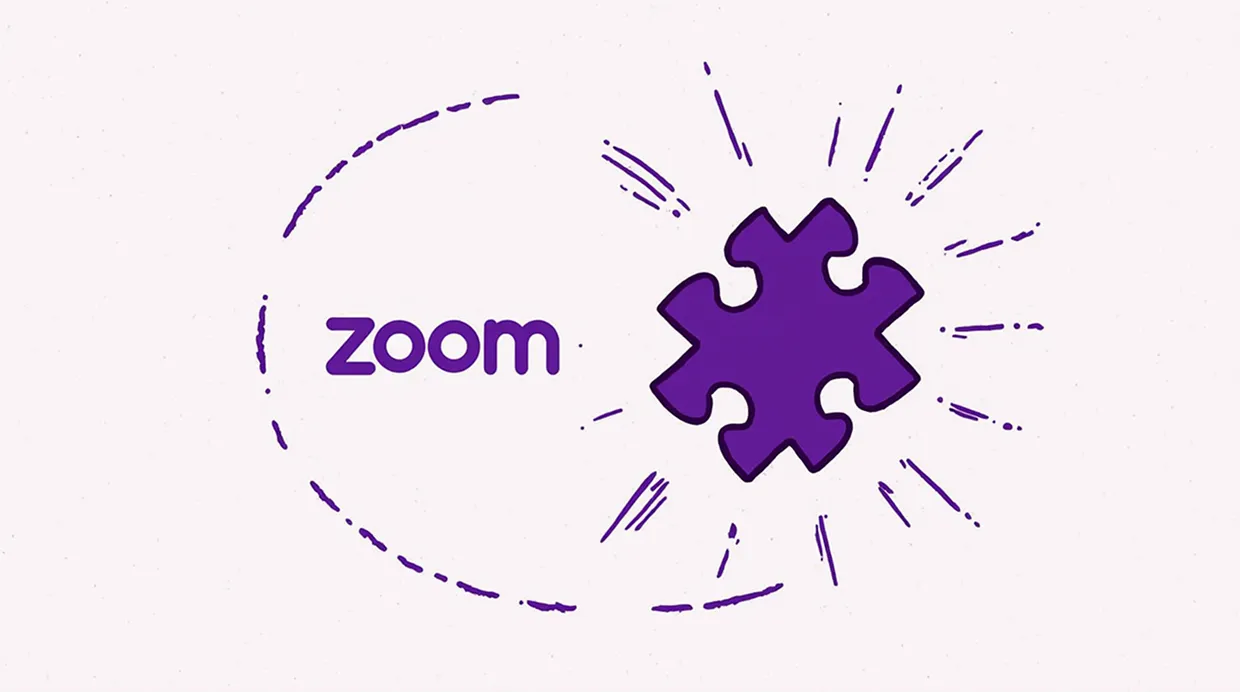








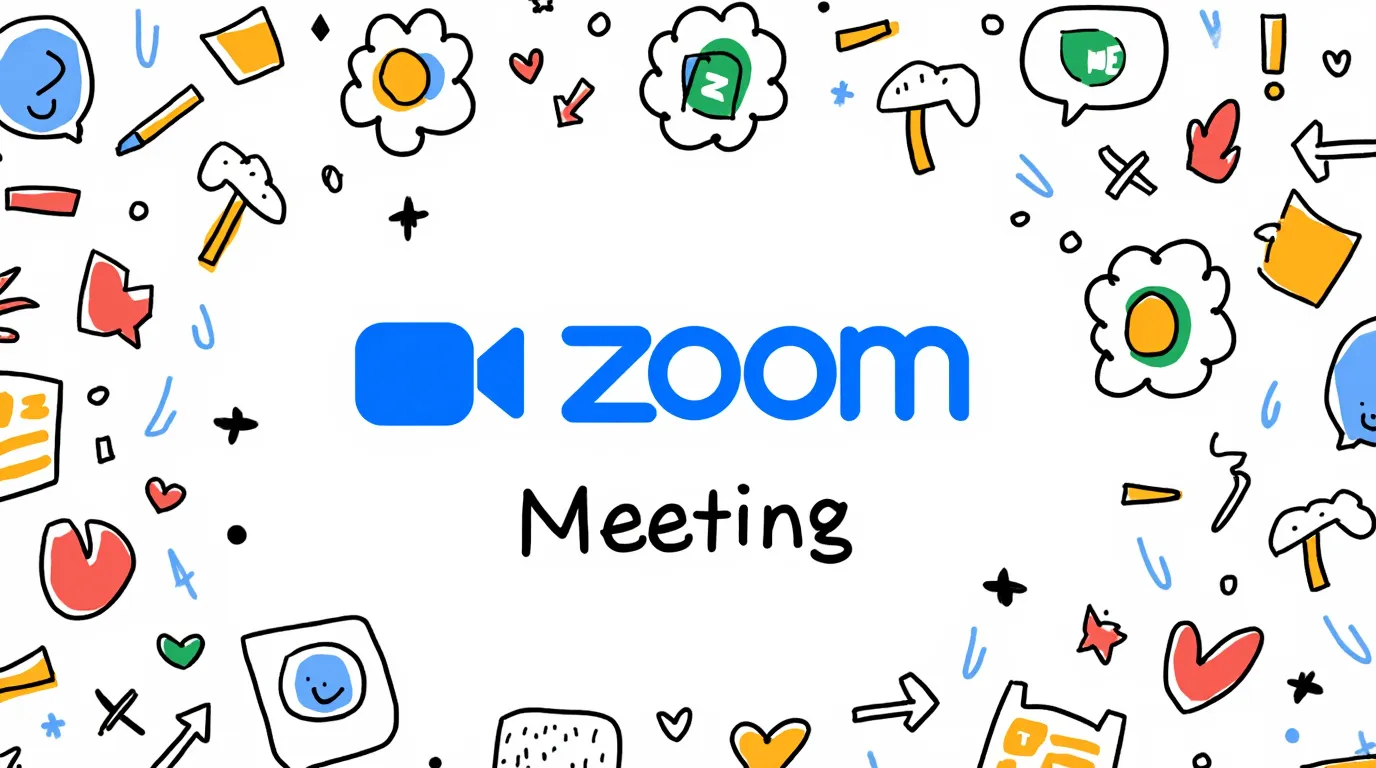


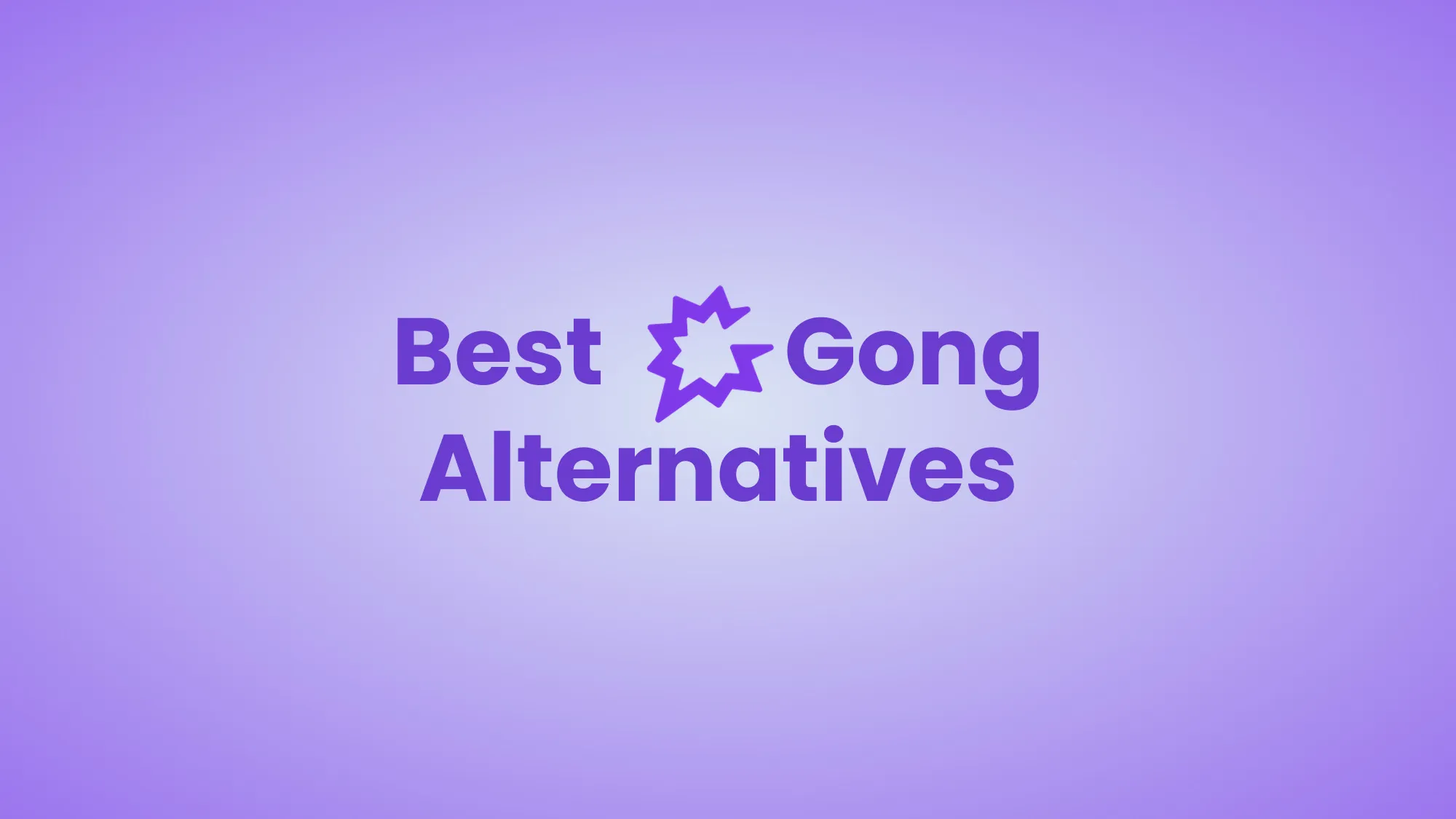





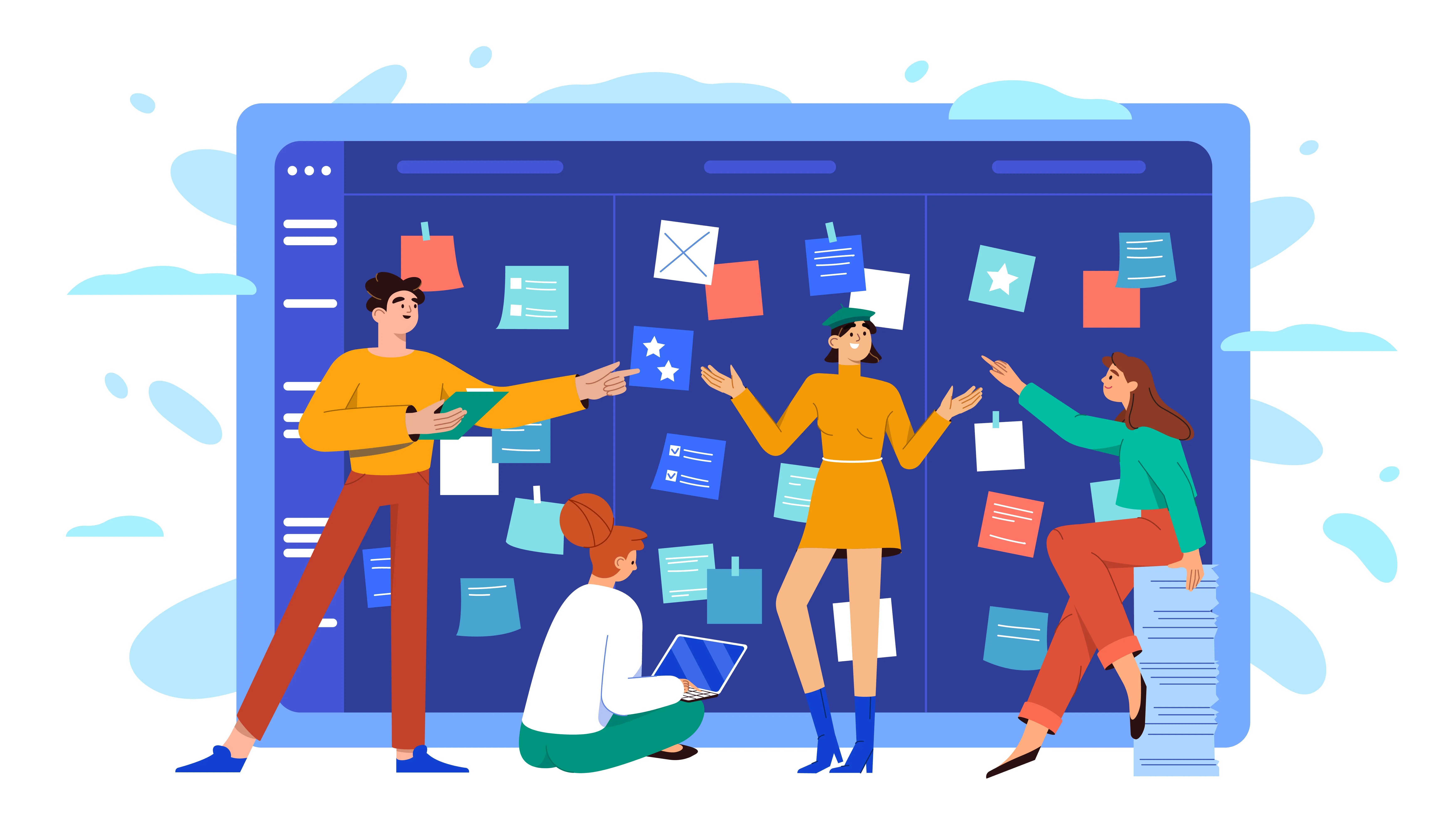
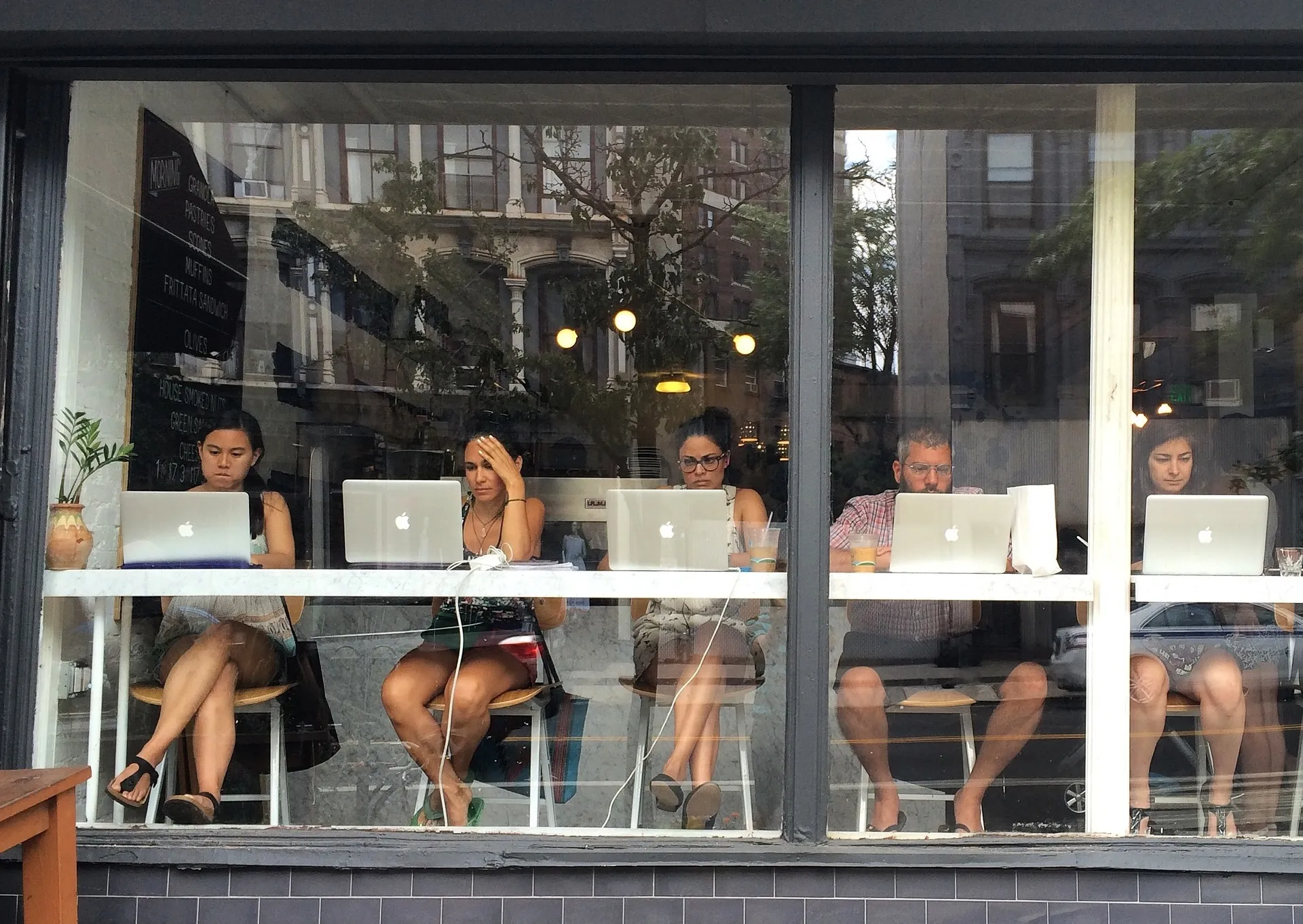
.webp)

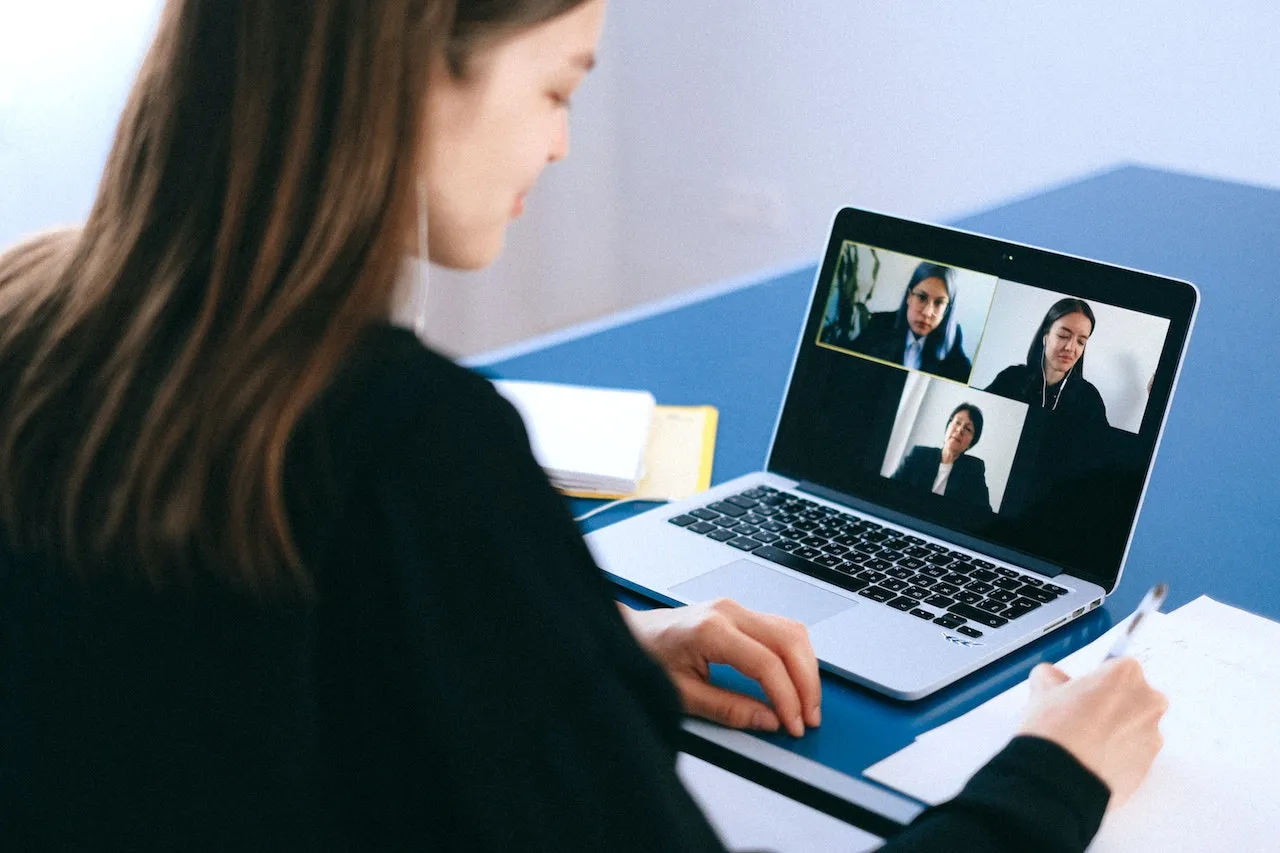

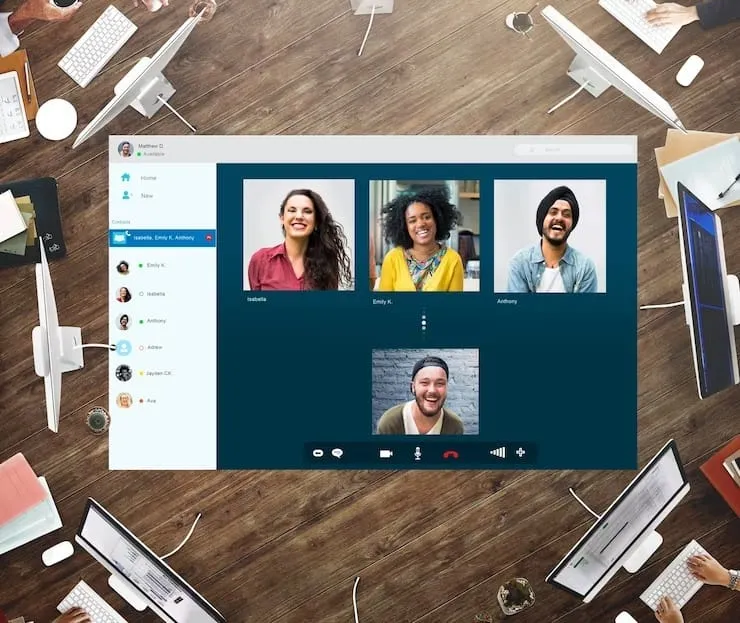
.jpeg)
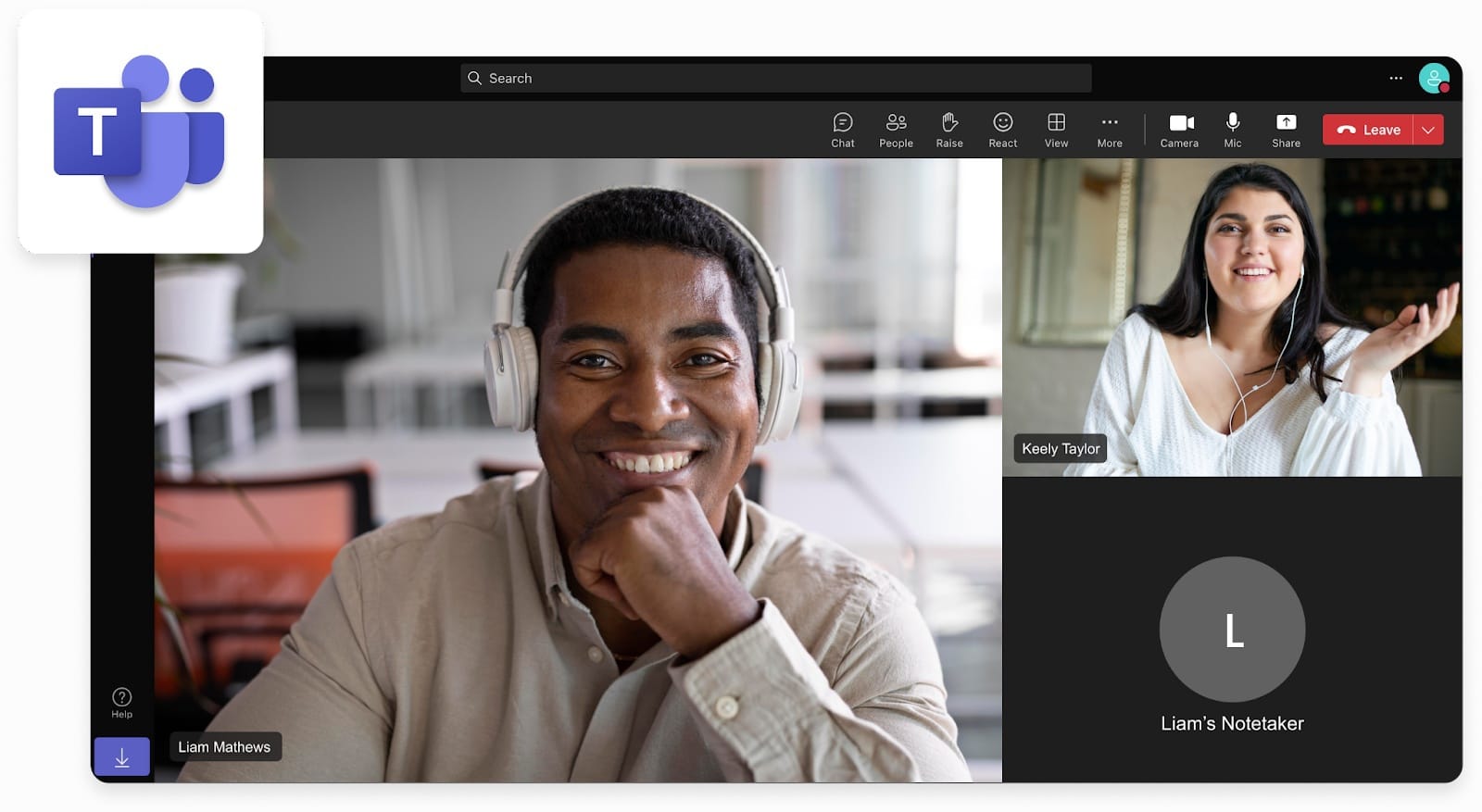





.jpeg)


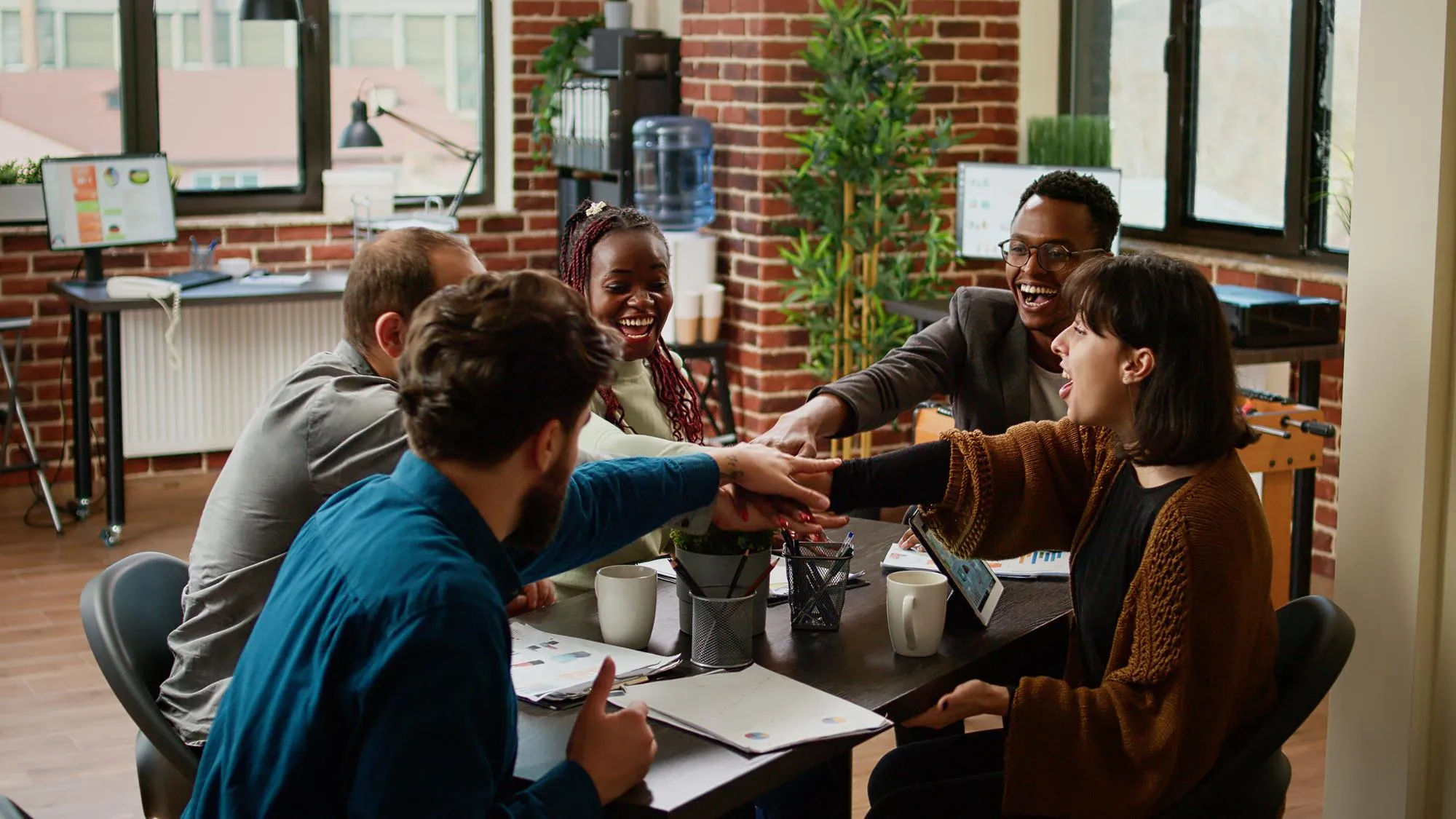


.jpg)
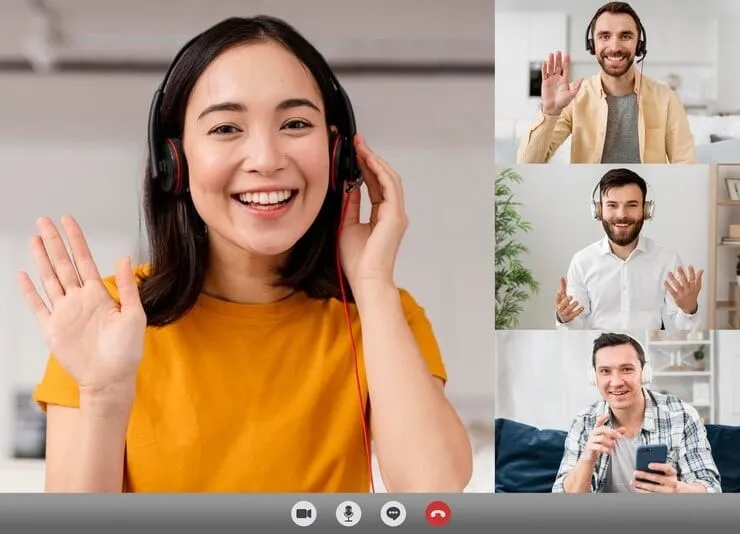
.webp)



.jpeg)









